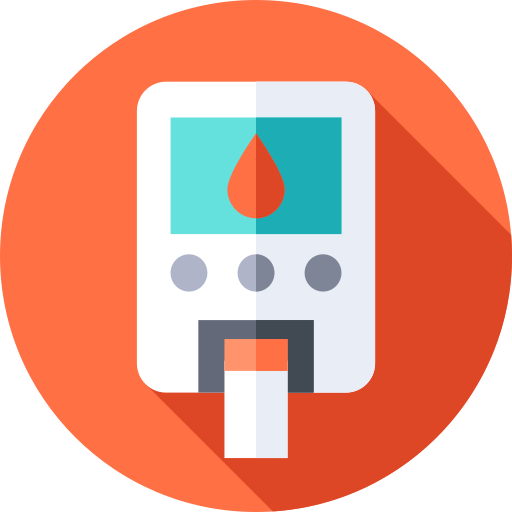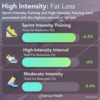Standing Desks
Benefits for Blood Sugar
Does Standing Help With Blood Sugar?
You've probably seen at least one standing desk invade your office. Lately, they seem to be all the rage. But, how much do they actually help?
Similar risks were found for heart disease and all cause mortality.






"Sedentary time is associated with an increased risk of diabetes, cardiovascular disease and cardiovascular and all-cause mortality; the strength of the association is most consistent for diabetes."
Standing at Work
Standing at work, particularly after eating lunch, has been specifically demonstrated to be beneficial for your blood sugar.






"This is the first known 'office-based' study to provide CGM measures that add some of the needed mechanistic information to the existing evidence-base on why avoiding sedentary behaviour at work could lead to a reduced risk of cardiometabolic diseases."
Standing Desks and Calorie Burn
Diabetes is what we call a metabolic disease. One of the best ways of keeping diabetes under control is eating better and exercising better.





A second study found that individuals burn more calories as well when using a standing desk.






#standing
Scroll for more ->
#diabetes
Scroll for more ->





#new
Scroll for more ->

















